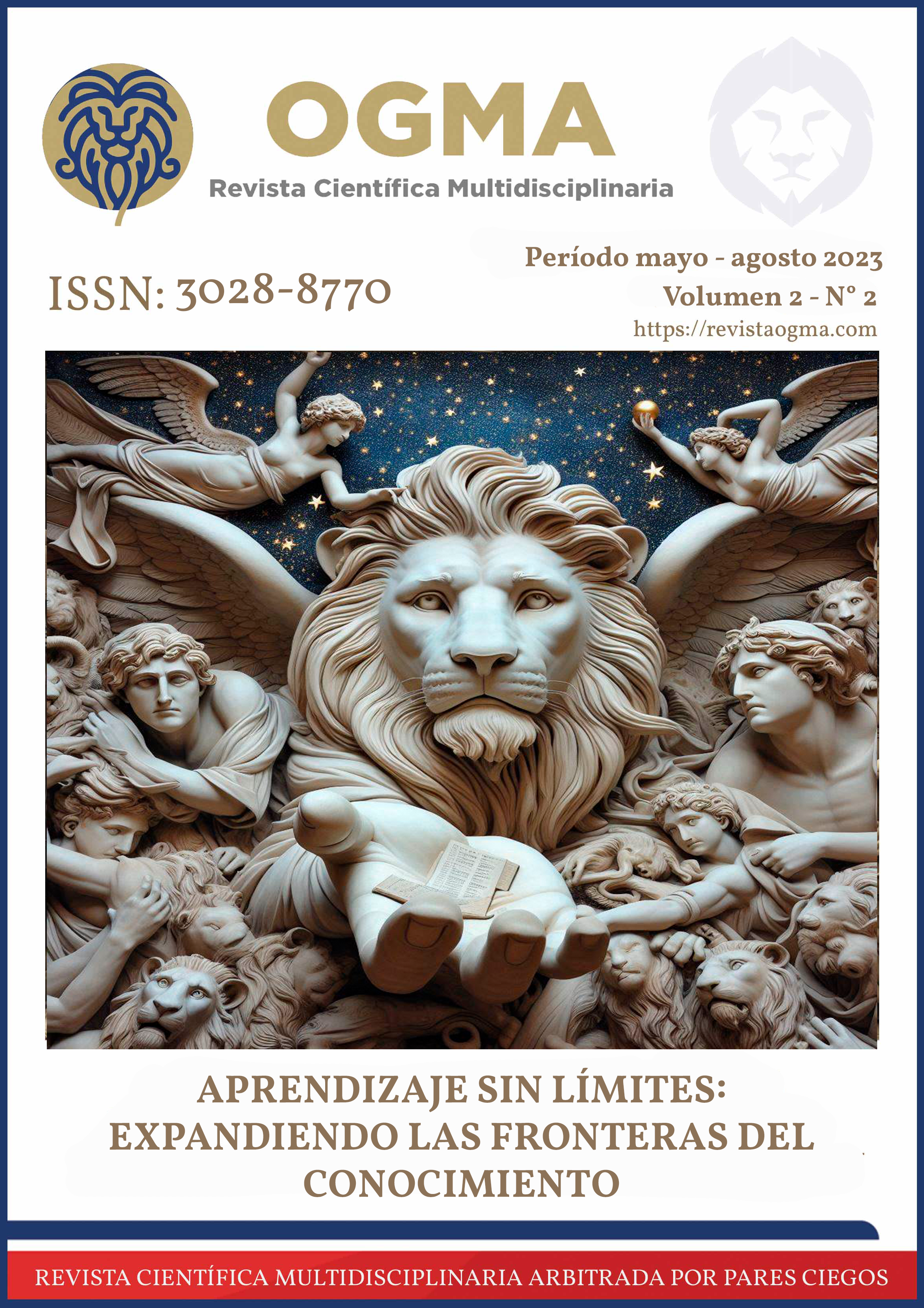Training actions for the improvement of non-verbal communication
Keywords:
Education, Professional training, Communication process, Interpersonal communication, Non-verbal communicationAbstract
The objective of this research is to improve non-verbal communication in the teaching staff through training actions, taking into consideration that the teaching-learning process requires an effective communicative level, which guarantees the understanding and acquisition of useful learning to develop in society. The methodology used for its application is the qualitative approach, with an action-research design, performing a homogeneous sampling, being this sample 15 high school teachers of the particular educational unit Calasanz 2. Two instruments were applied: a knowledge test to collect information on the degree of knowledge they have of the subject in question, also a classroom observation guide, which exposed the aspects that should be reinforced; its relevance was verified through the method of validation by consensus of consultation with specialists. As a result, it was found that there is ambiguous knowledge about nonverbal communication, and its performance needs to be strengthened.
References
Amorin, R. & da Silva, M. (2014). Comunicación no verbal eficaz/eficiente en el aula: auto-percepción del profesor de enfermería. Texto & Contexto – Enfermagem, 23(4), 862-870. https://doi.org/10.1590/0104-07072014001710013
Arellano, N. (2006). Las barreras en la comunicación no verbal entre docente–alumno. Orbis. Revista Científica de Psicología, 7(10), 289-291. http://ojs.revistaorbis.org.ve/index.php/orbis/article/view/289/291
Arias, S., Fuentes, J., & Nuño, M. (2008). Cómo interpretar la comunicación no verbal. FMC-Formación Médica Continuada en Atención Primaria, 15(5), 275-281.
Bolkan, S., & Griffin, D. (2018). Catch and hold: instructional interventions and their differential impact on student interest, attention, and autonomous motivation. Communication Education, 67(3), 269-286.
Cabrera Cuevas, J. D., (2003). DISCURSO DOCENTE EN EL AULA. Estudios Pedagógicos, (29), 7-26. http://www.redalyc.org/articulo.oa?id=173514130001
Castro, M. (2013). Courtesy: verbal and non-verbal codes at interpersonal communication. Historia y Comunicación Social, 18, 365-375.
Cestero, A. (2017). La comunicación no verbal en discurso persuasivo empresarial. https://rodin.uca.es/xmlui/handle/10498/20146
Flores Mamani, E., Garcia Tejada, M., Calsina Ponce, W., & Yapuchura Sayco, A. (2016). Las habilidades sociales y la comunicación interpersonal de los estudiantes de la Universidad Nacional del Altiplano - Puno. Comuni@cción, 7(2), 05-14. http://www.scielo.org.pe/scielo.php?script=sci_arttext&pid=S2219-71682016000200001&lng=es&tlng=es
Hernández, R., Fernández, C., & Baptista, P. (2014). Metodología de la Investigación. PEARSON
Ibarra, Sandra V., & Benítez, Alma A.. (2019). El Diálogo en el Aula con Estudiantes de Nivel Superior en Clases de Humanidades para Ingeniería. Formación universitaria, 12(1), 55-64. https://dx.doi.org/10.4067/S0718-50062019000100055
Leaman, L. (2012). Los profesores “perfectos” existen. Narcea: Madrid.
Ownes, R. (2011). Desarrollo del lenguaje. Pearson.
Petisco, M. (2014). La comunicación en el aula. Dykinson.
Ribes, D. (2011). Habilidades sociales y dinamización de grupos: servicios socioculturales y a la comunidad. MAD S.L.
Rosso, F., Pades, A., & Ferrer, V. (2017). Communicative Competence: Validation of a Scale to Assess Nonverbal Communication during the Speech. Frontiers in Psychology, 8, 1564.
Rulicki, S. (2007). Comunicación no verbal. Granica S.A
Valledor, R., & Ceballo, M. (2005). Temas de metodología de la investigación educacional. Biblioteca Virtual UCP “Pepito Tey”. Las Tunas.
Downloads
Published
Issue
Section
License
Copyright (c) 2023 Multidisciplinary Scientific Journal Ogma

This work is licensed under a Creative Commons Attribution-NonCommercial-ShareAlike 4.0 International License.

